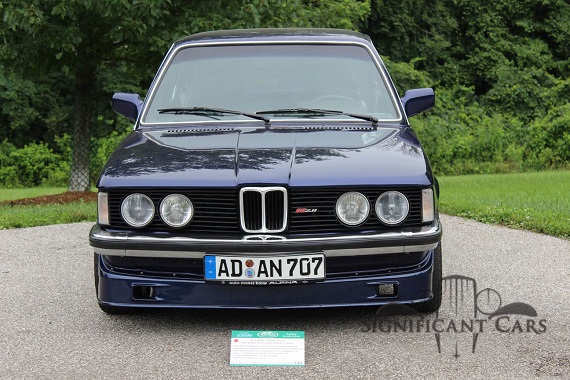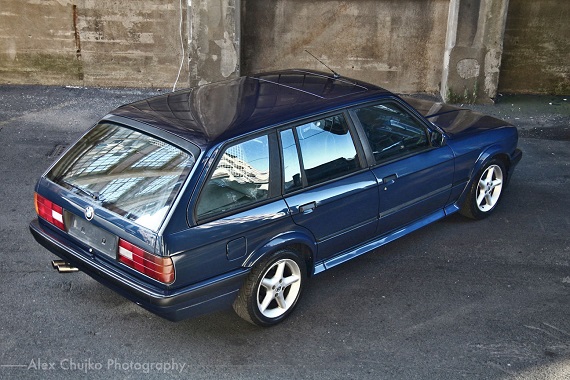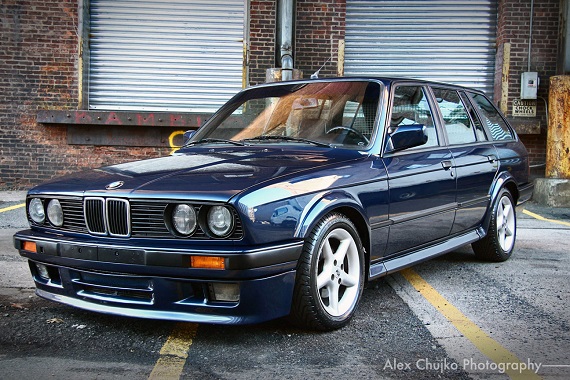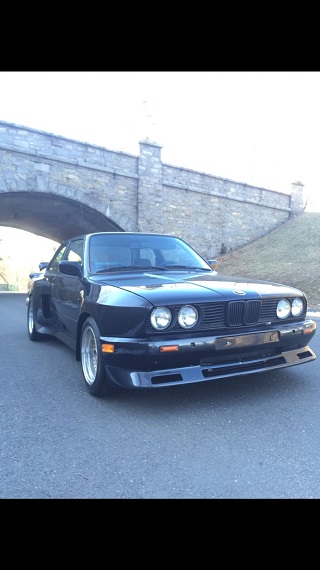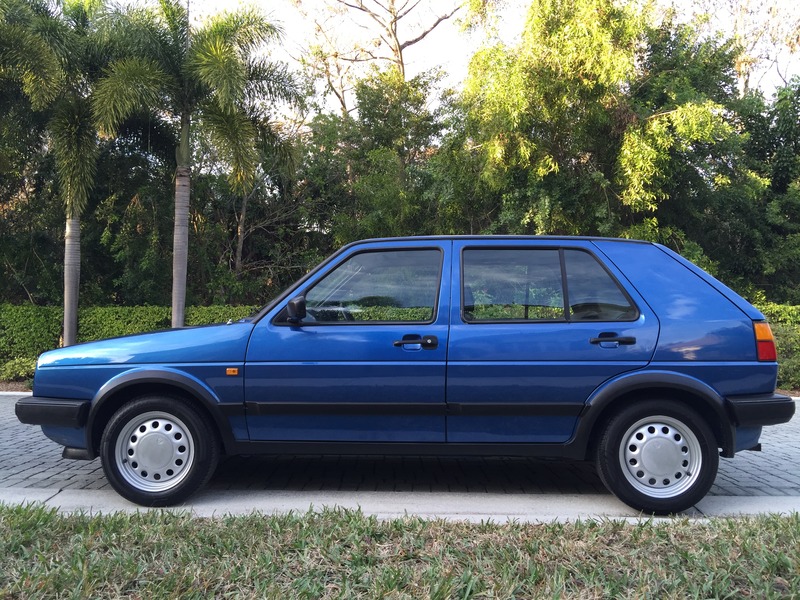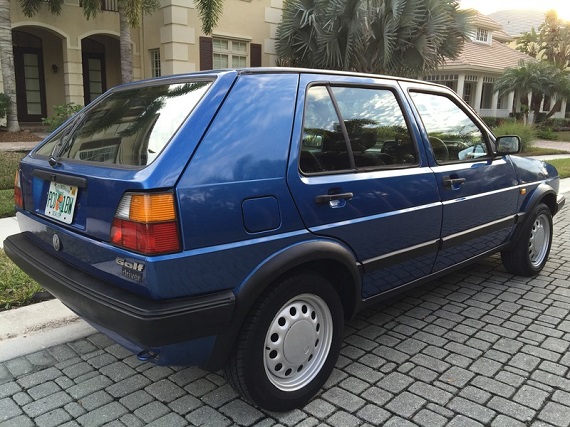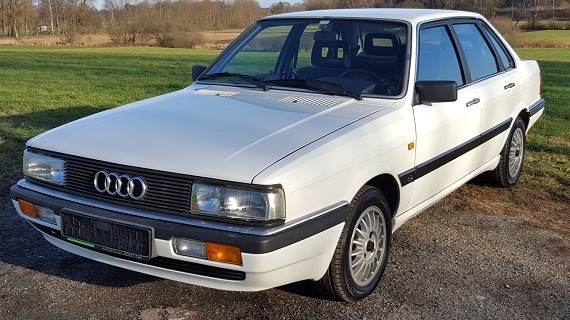Back on the market in a reserve auction, the neat to see but slightly questionable 1979 Alpina B6 2.8 from last fall is a great 80s reminder of styling trends. See the post below for some items that look a bit off or out of place. Bidding has been pretty slow and is just over $20,000 – some $12,500 short of the asking price in September. Will it see a new buyer this time around?
Tag: euro
Far, far on the other end of the tuning spectrum from the Dinan M5 of this morning are the ‘all show, no go’ scene cars. Built to resemble wildly flared racers, cars from manufacturers like DP Motorsports, Gemballa and Strosek are at best polarizing cars. At worst, they’re like the plot line to Sophocles’ Oedipus Rex; kill your father, marry your mother and have your sister-daughters, then stab your eyes out and live in a cave. But the Rex himself must certainly be defined as Walter Koenig, with his widebody, Testarossa-straked creations. While usually we see Mercedes-Benz and Porsche versions of Koenig modified cars, today we get a rare glimpse of what he’d do to a E30. And, only a glimpse…
CLICK FOR DETAILS: 1986 BMW 325i Koenig Specials on eBay
5 CommentsFamiliar to U.S. fans as the Audi 4000, in the rest of the world Audi continued a naming tradition that dated back to the 1960s regarding engine output. Most of the models didn’t make it here, but prior to the 1980s there were Audi 50s, 60s, 80s and 100s. The original B1 80 was also called the Fox here, not to be confused with the later Volkswagen Fox model. When Audi switched to the B2 chassis, the U.S. nomenclature changed to the 4000 most remember. And there were several engine configurations available initially, including a diesel, turbo diesel, inline-4 and inline-5 motor in both 2 and 4 door configuration, along with the stablemate Coupe GT model though the designations no longer aligned with engine power. By the time Audi progressed to 1984 and the introduction of the 80/4000 quattro, though, engine choices dwindled. In the Coupe GT, you could only get the 5-cylinder motor – effectively the same motor that was available in the quattro but with a slightly different exhaust manifold that netted 5 more horsepower in the sedan. Otherwise, if you bought a 4000 front drive model, you got a 1.8 inline-4 that was shared with the Volkswagen model range. This continued with the refreshed models in 1985, with the only further engine change being the later 1987.5 Coupe GTs switching to the NG 2.3 130 horsepower motor.
However, in Europe there were still many configurations you could get the B2 in. There were two model levels; 80 and 90, with the later being the more upscale version with more powerful motors. This would be seen in the U.S. later with the B3 run, but in Europe there were pretty substantial differences visually and mechanically between the 80 and 90. The 90 was, for all intents and purposes, a Coupe GT under the skin. In 4-door guise, it retained the larger 10.1″ vented front brakes mated to 4×108 wheels instead of 4×100. Outside the aerodynamic bumper covers only made their way onto 90 models, while 80s carried bumper covers that looked very similar to the pre-85 models. The engine was the same 2.2 inline-5 that would be found in the quattro models, with European variants producing a few more horsepower than U.S. markets. As with the Coupe GT, these were expensive models that were more heavily taxed than the smaller motored 80s, and consequently they’re not seen as often. But a seller contacted us with a pretty stunning example that’s worth taking a look at.
